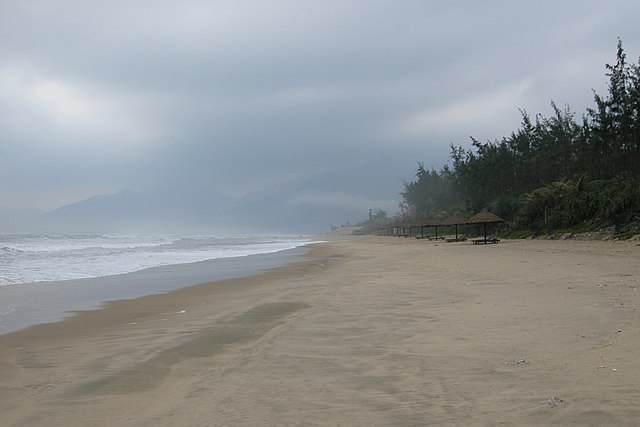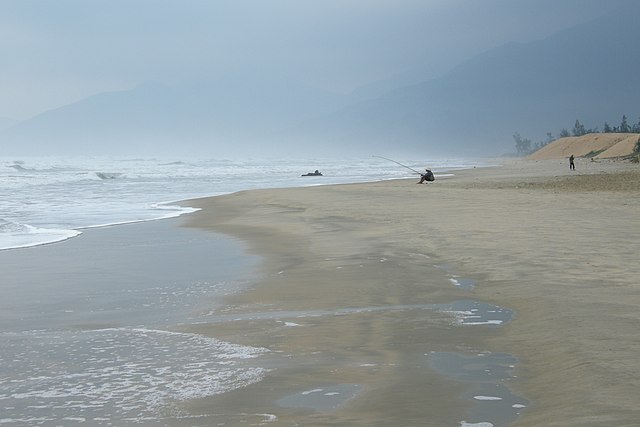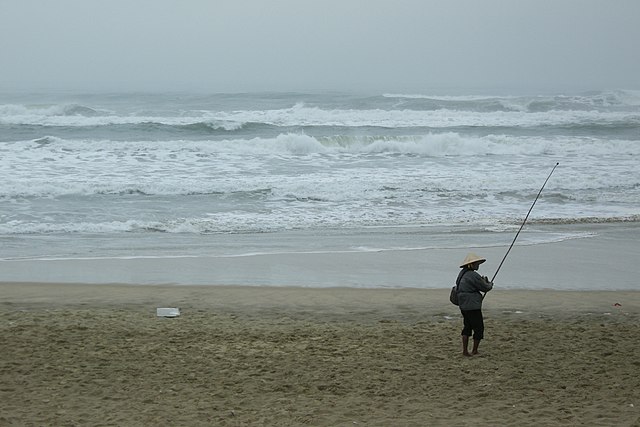
Thammasat University students who are interested in economics, Asian studies, history, political science, and related subjects may find a newly available book useful.
The Maritime Silk Road: Global Connectivities, Regional Nodes, Localities is edited by Franck Billé, Sanjyot Mehendale, and James Lankton. It may be downloaded free at this link:
https://library.oapen.org/handle/20.500.12657/58462
Over the past two decades, much new data has been discovered that suggests that far more significant trade was carried out by water than by land in Asia centuries ago.
The TU Library collection includes several books about different aspects of the Silk Road.
Historians are aware that the term Maritime Silk Road (MSR) – like the term Silk Road – is currently being used for political purposes. China has used the term Silk Road in its ambitious Belt and Road Initiative (BRI) to try to impress the rest of the world with China as an economic power. So many international researchers have avoided using the idea of a Silk Road as a basis for their research. Even before it was taken over to prove a political point, the term was seen as romantic and orientalist, as well as an oversimplification of cultural exchange across Eurasia, and not sufficiently scholarly. The concept of Silk Road was originated in 1877 by geographer Ferdinand von Richthofen to discuss early trade between the Roman Empire and Han China. Only later was it applied to other trade routes and other material goods.
However, some researchers have argued that just because the term was coined to refer to exchange of silk between China and Rome should not distract scholars from productive investigations of interregional networks trading in commodities other than silk. Rather than avoiding the concept, the editors of this book find that the artificially constructed nature of the Silk Road that makes it a useful organizing concept for scholarship.
The idea of a Silk Road, although the term itself is problematic, is international, encouraging cross-regional and cross-disciplinary exchange. It can help us understanding how national borders are created. Archaeologists and other researchers have investigated how global trade functioned in previous eras. The Maritime Silk Road examines networks woven across oceanic geographies, tying world regions together more extensively than land-based routes.

As the editors note in a preface:
The Maritime Silk Road is in fact much more than just a seaward extension of overland trading networks. Unlike the latter which connected nearby regions to each other and which was often a staggered process of exchange, ocean trade was capable of spanning the entire route, linking previously disconnected regions more directly. If ocean-faring vessels also had to face numerous perils, notably weather and piracy, maritime routes were less affected by political instability and could more easily circumvent conflict zones. Ships are also more amenable to transporting larger cargoes, leading to greater impact on cultures and economies. The types of commercial and cultural exchange carried by sea thus differed from overland routes in extent and in scope. This had a consequential impact for the way in which the world was imagined. While the modern concept of borders did not have currency in the premodern period discussed in this book, people traveling along the maritime Silk Road were, possibly for the first time, confronted with forms of spatial, social, and cultural discontinuities that echo the inflexible partitioning characteristic of modern borders. The existence of large port-cities was also decisive in bringing different ethnic groups together, and similarly offered a view of the world that was culturally and ethnically very diverse rather than continuous. This collection of essays offers a unique perspective on the commercial, cultural, and social exchanges fostered and sustained by the Maritime Silk Road. Routes and sites in broad expanses of dry land tend to leave much better-defined traces than those on or next to water. However new information has emerged in the last two decades in the form of archaeological findings, as well as through new techniques such as geographic information system (GIS) modeling. On the strength of this new data, what the authors collectively demonstrate is the existence of a very early global maritime trade. From architecture to cuisine, and language to clothing, evidence points to early connections both within Asia and between Asia and other continents—well before European explorations of the Global South. Most studies have tended to take this connectivity for granted, overlooking the spatial and physical dimension of exchange. In addressing the materiality of the ocean, the Maritime Silk Road speaks to a growing border studies literature seeking to place in productive tension notions such as terrain, territoriality, borders, and material space. As the contributions illustrate, not only did early exchange span vast distances, it was also subject to seasonal weather systems, hazardous waters, arid and sparsely populated coastlines with few suitable harbors, as well as limits imposed by technology and infrastructure. While these early maritime networks were very extensive, they were also, like indeed all networked systems, restricted by frictions, obstructions, chokepoints, and disconnects in spite of their global reach. The development of long-distance maritime exchange linkages, including what we gloss in this volume as the Maritime Silk Road, went hand-in-hand with improved maritime technologies, including shipbuilding and navigation, the ability to produce goods that were scarce either because of their natural ingredients or the special technology required for their manufacture, and the identification or production of people’s desire to possess these goods far from their place of origin. The evolution and development of seaworthy watercraft for mass shipment in particular enabled the broader distribution of both seaborne commodities and people throughout this vast region. The tripartite division of the book, separating the contributions into global, regional, and local scales of analysis, is primarily organizational; if each contribution tends to privilege one scalar aspect, they all speak to the entanglement between global and local perspectives. As the material presented in the various chapters demonstrates, transoceanic exchanges were made possible thanks to extensive established regional networks while, conversely, local cultures were shaped by commercial exchanges reaching thousands of miles. The collection charts nonetheless an overall narrative arc taking the reader from the general to the specific, and from the macro to the micro. Our decision to present the data along this particular axis reflects our ambition to tell the story of the Maritime Silk Road as one of early, truly global, exchange yet simultaneously seeking to challenge the implicit linearity and simplicity of the concept to paint a fuller, multiscalar, and multidirectional, model.

(All images courtesy of Wikimedia Commons)
